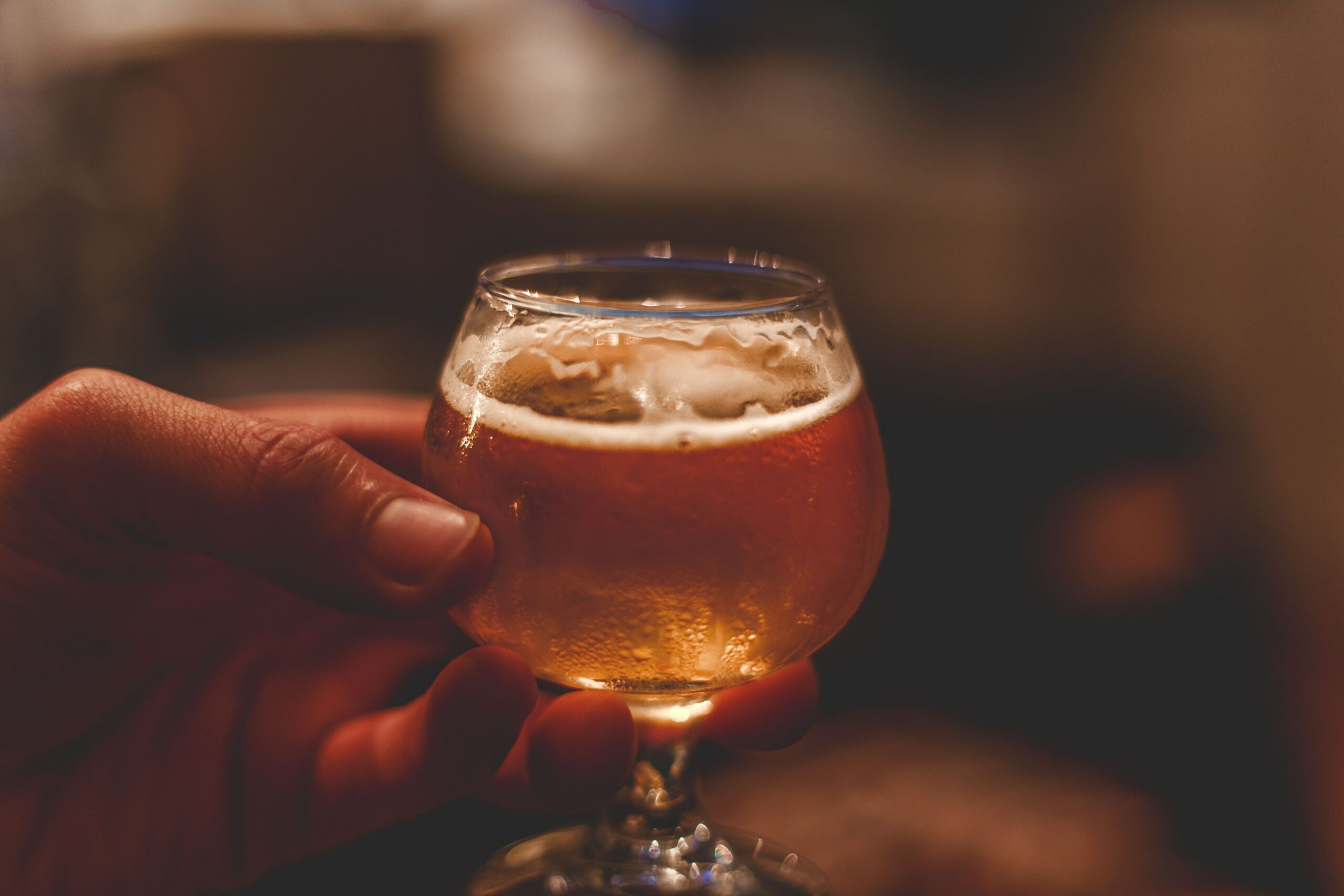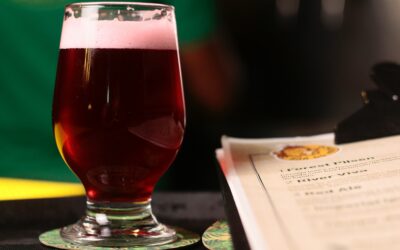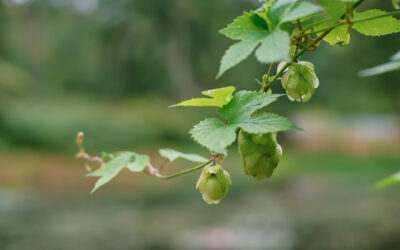Belgium is rightly famed throughout the world for its beer culture, in 2016 earning a place on UNESCO’s List of the Intangible Cultural Heritage of Humanity. The country’s many beer styles reflect it brewers’ mastery of the use of yeast, all types of grain, and even the careful use of spicing, to produce beers of all strengths and varieties.
See also: Flemish red (Oud bruin), Belgian saison
Belgian blond
Belgian blond ales are a fairly recent development, starting to arrive in the early 1990s. They tend to be around 5.5-7.0% ABV, their character varying from intensely spicy to balanced and delicate. Most are enhanced by re-fermentation in the bottle. They actually post-date the so-called ‘Belgian-style’ beers that American home brewers had started making by the 1980s, aping the spicy nature of some Belgian beer imports, but creating this by using specific yeast strains. Neither of these types of beer has much historical authenticity, but an interesting cross-pollination has occurred over time, with many Belgian brewers now using the same yeast strains in some cases, to replace direct spicing of their beers.
Dubbel (or Double)
Expect rich malty flavours, a bit of fruitiness and/or chocolate, caramel and a few well-behaved phenols in this brown beer (6.3-7.5% ABV) that is best enjoyed in bottle-conditioned format. The term implies that double the malt is used in the mash, though in practice, 50% extra is more realistic. The style resonates with beers from other parts of Europe, such as British Double Brown and Italian ‘doppio malto’ beers.





